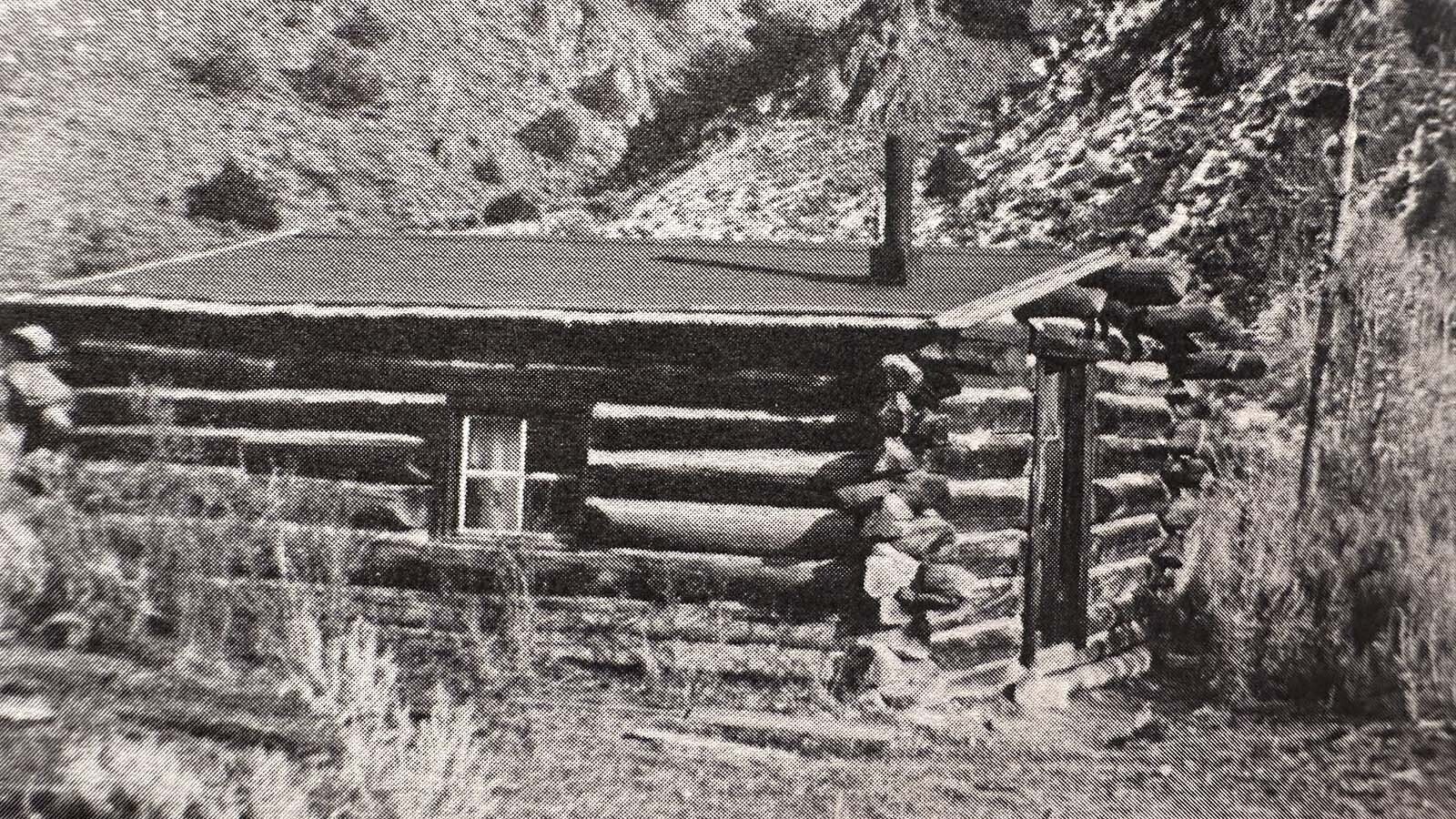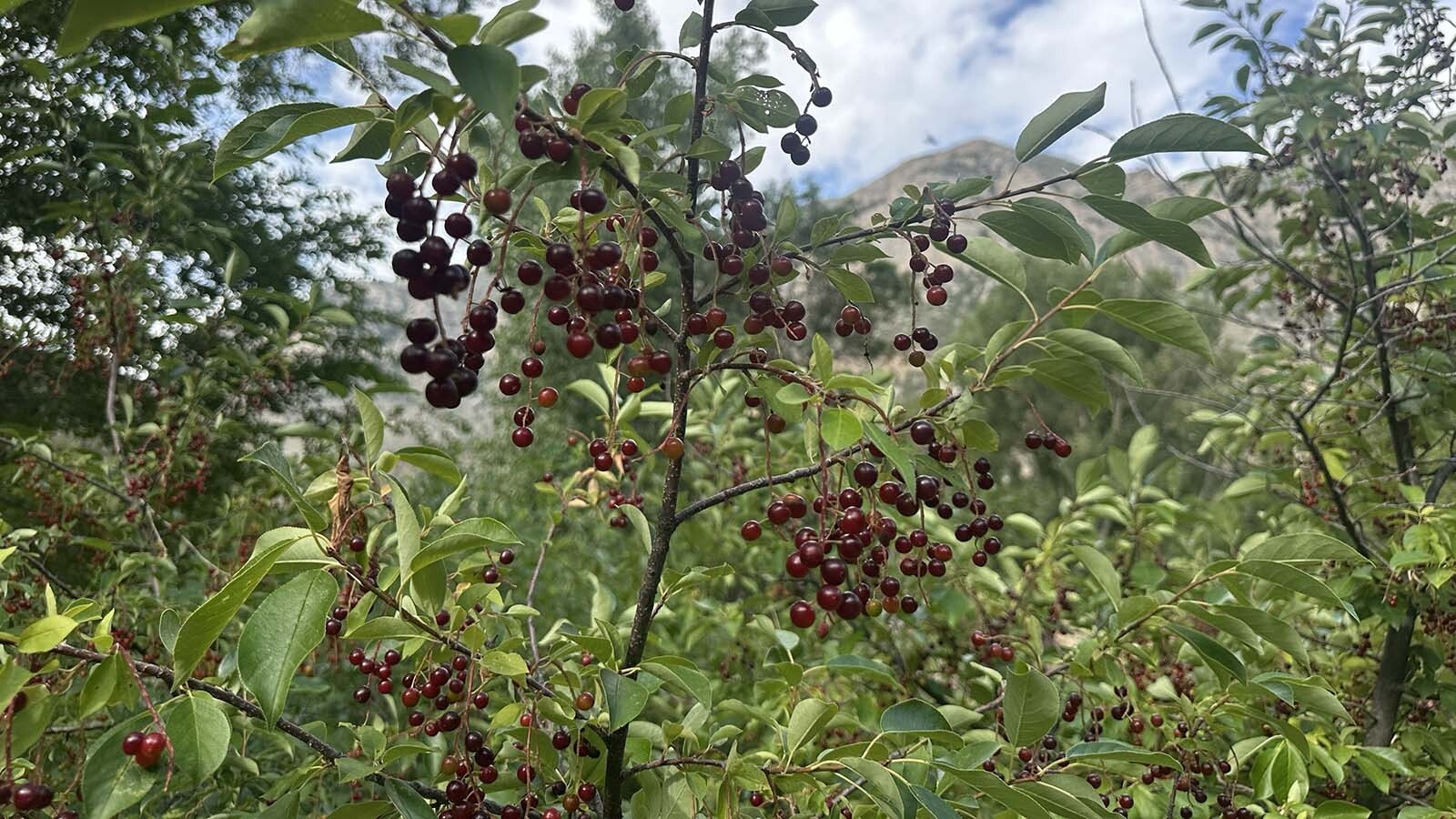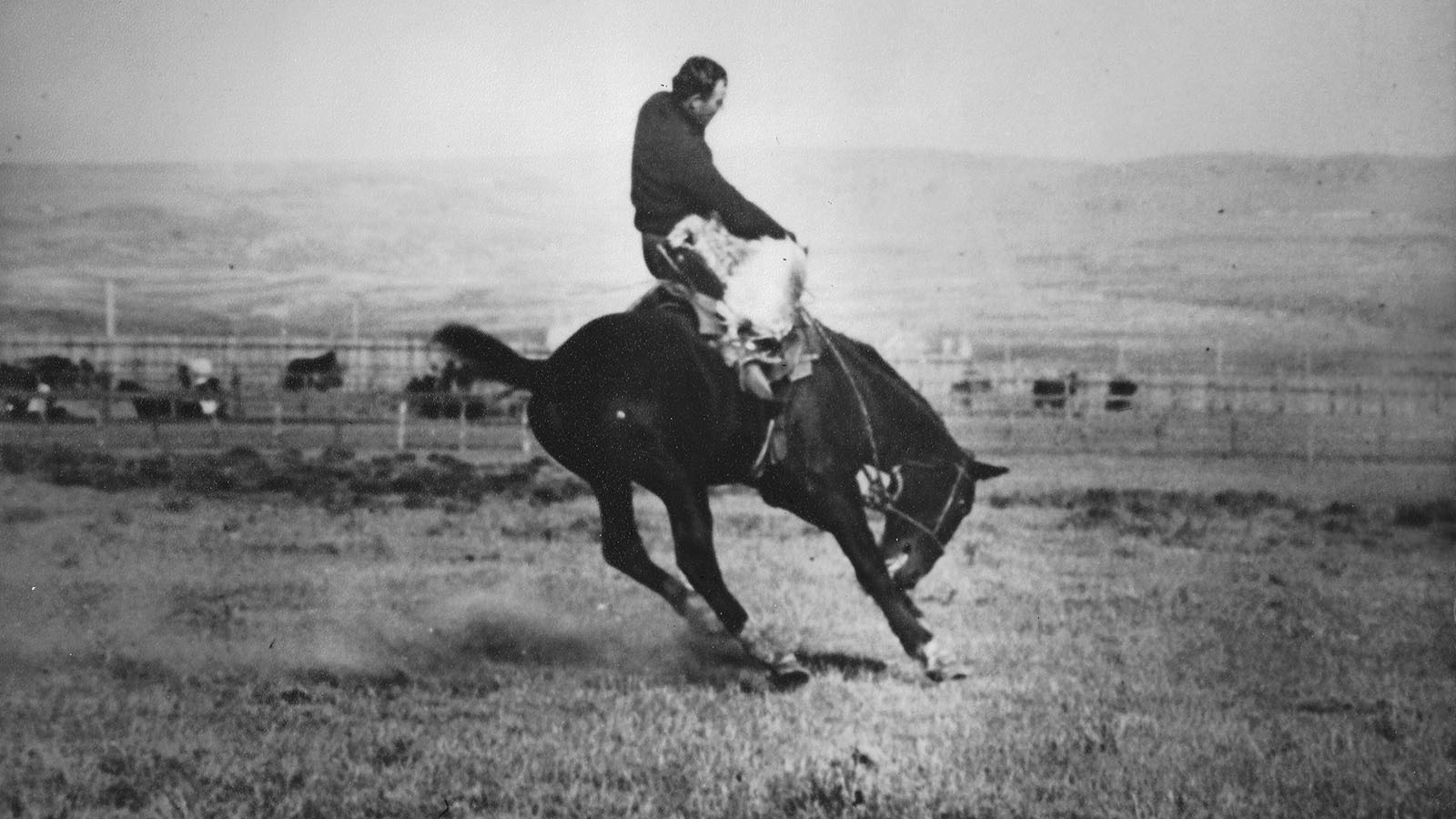In the fall of 1913, headlines across Wyoming declared the sensational news. The infamous Butting Dane got drunk and butted someone who would fight back, ending up “perforated!”
He didn't die that day, but getting shot only made his ornery attitude worse.
Jenson Le Gaard, known as Jens the “Butting Dane,” was a well-known troublemaker in the Badwater Creek District of central Wyoming.
He arrived around 1906 and spent nearly three decades terrorizing anyone who crossed his path.
This particular bar fight became infamous across the state as the Wyoming newspapers picked up a story from Riverton. Calling Le Gaard a “grading camp character,” reporters wrote that he was pursuing his favorite pastime, which was intimidating weaker men.
As the rumors were sorted from fact, the story emerged that the Butting Dane had attacked Joe Dolas of Moneta and slashed Dolas’ nose with a knife.
Dolas responded by pulling out a six-shooter, and when Le Gaard kept charging at him, Dolas shot the Butting Dane in self-defense.
When Le Gaard recovered from his wounds, he stood trial and was acquitted by reason of intoxication.
It appeared that Dolas had been selling liquor without a license and since Le Gaard was drunk, the jury did not hold him responsible for the attempted murder.

The Butting Dane
Jenson Le Gaard earned his nickname the Butting Dane for his unique fighting technique.
In the 1960s, Mary Helen Hendry interviewed those who knew him and said that old-timers called his fighting style “Billy Goat mania” because he would butt his opponent with his head.
“The Dane’s favorite sport was to find an unsuspecting man in a saloon, or anywhere, pick a quarrel and then do his fighting with his head,” Hendry said. “He would butt his victim until the breath left his target, or until his victim had a chest full of broken ribs. He had killed more than one man with his vicious head.”
Hendry, in her columns for the Casper Star-Tribune and later in her book "Tales Of Old Lost Cabin," said that those who remembered the Buttin’ Dane recalled him with such distaste that even the passage of decades had not erased his horrid reputation.
They called him the “orneriest, most miserable creatures the Lord ever saw fit to put on earth” and “some kind of crazy.”
“His head was solid ivory and as bald as a doorknob!” Hendry quoted one old-timer as saying.
An eyewitness story told to Hendry about the Butting Dane was how he was once furious with the boss of a cow outfit.
“The Dane knew that the boss was quick with his gun, so the Dane just backed off and rammed his hard old head into the corral poles,” Hendry wrote. “He must have taken at least three or four runs and butts at the corral before he knocked himself out.”

Prospecting For Trouble
The Butting Dane was prospecting along Badwater Creek and looking for elusive gold in the early 1932 when his butting days came to an end.
Lovina Swaim Robson, who shared the story with the Casper Star-Tribune on Dec. 16, 1966, said her father, Charlie Swaim, was an upstanding pioneer who allowed Le Gaard to stay on his homestead.
Charlie Swaim was not living at his cabin at the time, but instead was in Lysite. His friend Jerry Rastede was proprietor of the Lysite bar.
Hendry described Rastede as a young 6-footer and frequent visitor to Charlie Swaim’scabin along the Badwater Creek.
Swaim later told the court that Le Gaard had tried to kill a man with an axe the spring before and a year prior had cut Rastede’s coat to pieces in an effort to kill him.
Rastede’s two stepsons, the Pinney brothers, were on Swaim’s homestead on upper Badwater doing some prospecting for ore-gold, according to Robson.
Also living there in a sheep wagon was the Butting Dane. He had been there for some time on the pretext of prospecting, but was actually spending his time making and drinking chokecherry wine.
“My father and Mr. Rosted went up to the Swaim homestead one day and found Jens not only inebriated, but obviously unhinged mentally,” Robson said.
A third man, Ben Johnson was there as well, who Robson said was not a strong man since he had only one lung.
“The three sober men, seeing Jens’ condition, were afraid of him,” she said. “Jens was living in a sheep wagon in the yard of my father’s place, the door facing the cabin door.”

The Chokecherry Wine
Leading up to the end of the Butting Dane was a bountiful harvest of chokecherries, according to the Sept. 26, 1932, Casper Star-Tribune.
Swain said that Le Gaard had been drinking heavily all summer and that when he drank, “He had no sense.” There was some dispute the night before the shooting and Rastede had hit Le Gaard twice to sober him.
The other witness, Johnson, said Le Gaard had been drinking chokecherry wine the night before the shooting and, after he had insisted on sleeping in the Swaim cabin, was evicted.
“When The Dane kept threatening to ‘take care of the whole damned lot of them!’ Jerry Rastede decided that The Dane ought to leave,” Hendry wrote. “Jerry was young and strong; he grabbed the Dane and shoved him out of the cabin.”
Le Gaard could be heard swearing and stumbling around out in the dark until finally, he grew quiet.
“Swaim figured that The Dane had probably fallen somewhere and had gone to sleep and suggested that the three of them do likewise,” Hendry wrote.
Unfortunately, Mike Pinney, Rastede’s stepson, had borrowed Johnson’s gun and left it in the sheep wagon with the cartridges nearby.

Gunshots!
Ben Johnson crawled into his bedroll on the floor. Charlie Swaim and Rastede took the bed. Charlie laid his gun on the floor beside him.
“Along in the morning, early, while the three were asleep, hell broke loose — shouting, shooting and the door burst open — bullets were flying in all directions,” Robson said. “The men all sat up in bed in fright. Jerry got a bullet in the abdomen.”
Rastede cried out and Charlie rolled out of bed. He hit the floor as more shots hit the mattress.
Le Gaard had fired a shot outside the cabin, broke the door down and entered the house. He shouted that he was going to kill them all when he entered and fired at Rastese.
He then attempted to shoot Swaim. A scuffle between Swaim, Johnson and Le Gaard ensued.
“My father was a slender man and old, but he was not a coward,” Robson said. “He started toward Jens.”
During the scuffle, Le Gaard put the muzzle of his rifle in Swaim’s stomach, but the Butting Dane's gun would not fire because he was out of bullets.
“My father said afterward, ‘I thought I was facing death,’” Robson said.
Le Gaard escaped and ran for the sheep wagon owned by Johnson and grabbed more ammunition, still shouting that he was going to kill them all.
“An old man, a one-lunged man and a dying man could not possible hope to cope with a bull moose like Jens, except by way of firearms,” Robson said.
Le Gaard came back into the cabin and stood behind the stove by the cabin door. Swaim testified that he aimed high enough to miss the stove and still strike the shorter man in the leg.
“My father did not want to kill Jens, but only to stop him,” Robson said.
“I had to do something fast, or we would all be dead,” Swaim reportedly said. “So, I shot for his leg and hit him in the groin.”
“After shooting The Dane, Swain saddled his horse,” Hendry wrote. “By late morning, he reached Arminto where in the general store, he told what had happened and asked that the sheriff in Casper be notified.”
According to the Casper Star-Tribune, deputy sheriff Joe Thomas said that when he arrived at the Swaim homestead, Le Gaard told him he had shot Rastede. The dying man said he “guessed I made a fool of myself.”
Le Gaard, the infamous Butting Dane died soon after.
As the Butting Dane lay dying, the 70-year-old Swaim, according to Hendry, told the Sheriff, “I have no fears and no regrets.”
The following month, a coroner’s jury found Swaim not guilty of murder and that Le Gaard — and chokecherry wine — were guilty of that murderous rampage on Badwater Creek over 90 years ago.
Contact Jackie Dorothy at jackie@cowboystatedaily.com

Jackie Dorothy can be reached at jackie@cowboystatedaily.com.





